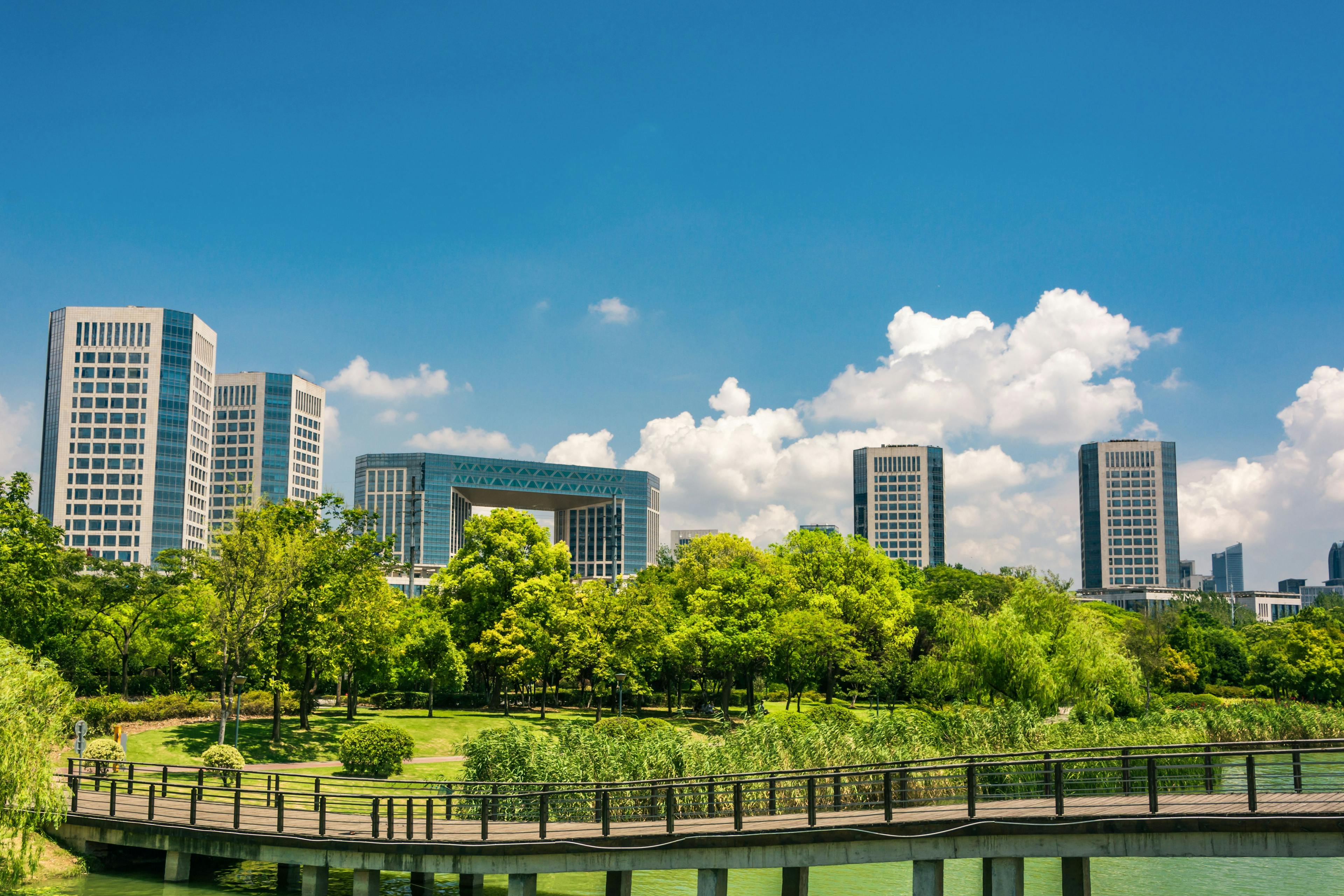Green Building Malaysia: The Ultimate Guide in 2024

What is Green Building?
In Malaysia, green building is a crucial response to rapid urbanization, environmental degradation, and climate change. Green buildings prioritize environmental responsibility and resource efficiency, aiming to minimize impact while maximizing occupant well-being. This blog explores the significance of green building in Malaysia, highlighting its role in sustainable development.
Green building is vital in Malaysia due to escalating urbanization and climate change vulnerability. These practices reduce energy consumption, promote biodiversity, and drive economic growth. By embracing green building, Malaysia can lead in sustainable development, securing a brighter future for all.
Green Building Certification Systems
Green building certification systems evaluate and endorse environmentally responsible building practices. They assess factors like energy efficiency, water conservation, and materials selection. By meeting stringent standards, buildings earn certification, showing their commitment to sustainability and increasing their value.
In Malaysia, notable green building certification systems include:
- Green Building Index (GBI): Evaluates energy efficiency and indoor quality.
- Green Rating for Integrated Habitat Assessment (GreenRE): Focuses on sustainability and community well-being.
- Leadership in Energy and Environmental Design (LEED): Assesses various sustainability aspects.
These systems encourage sustainable development and empower consumers to make informed choices about buildings. They play a crucial role in promoting a greener built environment in Malaysia and globally.
Benefits of Green Building in Malaysia
- Environmental Benefits
- Saves energy, water, and materials.
- Reduces greenhouse gas emissions and preserves natural resources.
- Enhances urban areas and reduces heat buildup.
- Economic Advantages
- Long-term operational expenses and creates job opportunities.
- Encourages investment and innovation in the construction industry.
- Government incentives further promote green building initiatives.
- Social Impact of Green Buildings
- Improves health and well-being for occupants.
- Promotes inclusivity and community engagement.
- Enhances overall quality of life and social equity nationwide.
Key Features of Green Buildings
- Energy Efficiency Measures
- Efficient lighting, appliances, and HVAC systems.
- Renewable energy sources like solar panels.
- Passive design for natural heating and cooling.
- Water Conservation Techniques
- Water-saving fixtures and rainwater harvesting.
- Recycling greywater for non-potable uses.
- Material Selection and Sustainable Sourcing
- Use of eco-friendly materials and recycled resources.
- Responsibly sourced materials with low environmental impact.
The Role of Solar Energy in Green Buildings
Solar energy plays a critical role in making buildings more environmentally friendly, or "green." Here's how:
- Reduced reliance on fossil fuels: Solar panels convert sunlight into electricity, offsetting the need for power from the grid, which often comes from burning fossil fuels. This lowers greenhouse gas emissions and helps combat climate change.
- Cost savings: Over time, generating your own electricity with solar can significantly reduce energy bills. Some buildings can even achieve net-zero energy usage, where they produce as much energy as they consume.
- Government incentives: Many governments offer financial incentives like tax breaks or rebates to encourage the adoption of solar energy. This can make installing solar panels more affordable for building owners.
- Multiple applications: Solar energy in green buildings goes beyond just generating electricity. Solar thermal systems can be used to heat water, reducing the reliance on conventional water heaters.
- Building certifications: Green building certifications, like LEED, often give points for incorporating solar energy into a building's design. This can make buildings more attractive to tenants and can increase their property value.
Green Buildings in Malaysia: Benefits and Beyond
In brief, green buildings in Malaysia offer significant benefits, including environmental sustainability, cost savings, and enhanced quality of life. Through features like energy efficiency, water conservation, and sustainable materials, they contribute to a more sustainable future. As interest in sustainable construction rises, exploring further is crucial.
For more information about solar inverters and maximizing solar energy efficiency, contact AQ Energy via WhatsApp. To explore the perfect solar panel solution for your home, visit our home page and start your journey towards sustainable energy independence.
Frequently Asked Questions (FAQs)
A. What is the demand for green buildings in Malaysia?
Rising due to environmental awareness, incentives, and sustainability goals.
B. Which country has the most green building?
The United States leads, followed by China and India.
C. What are the top 5 greenest countries?
Determining the "greenest" countries can vary depending on the specific metrics used. However, some countries consistently rank high in multiple sustainability indices, including:
- Sweden
- Denmark
- Finland
- Iceland
- Norway
These countries have implemented strong policies and initiatives to promote renewable energy, energy efficiency, green building practices, and sustainable waste management.
